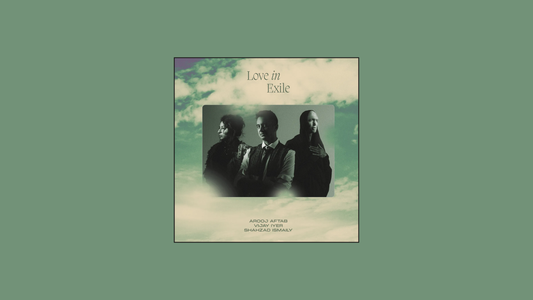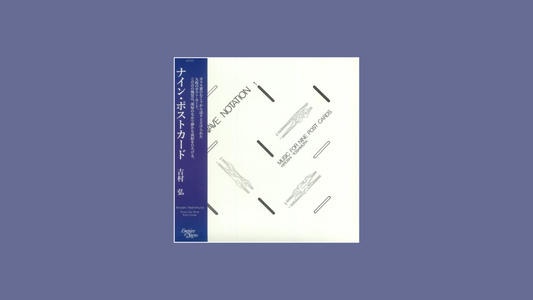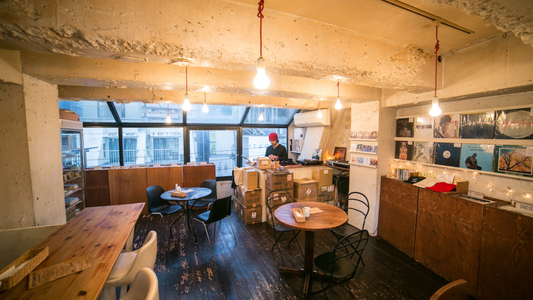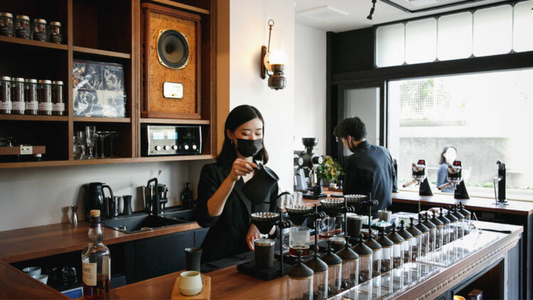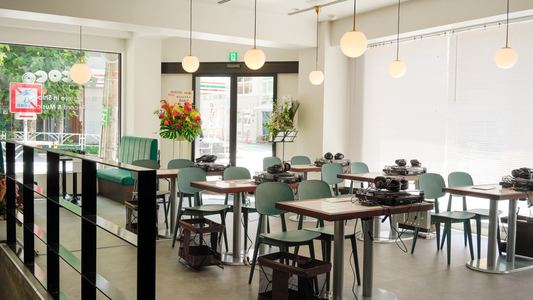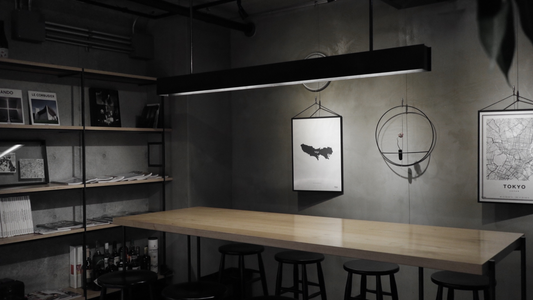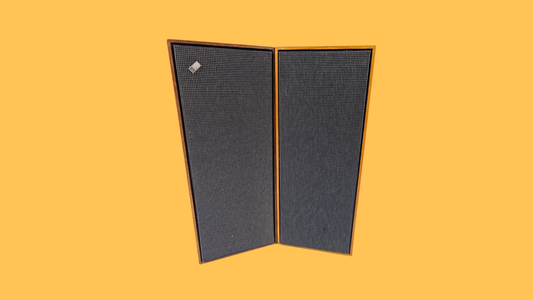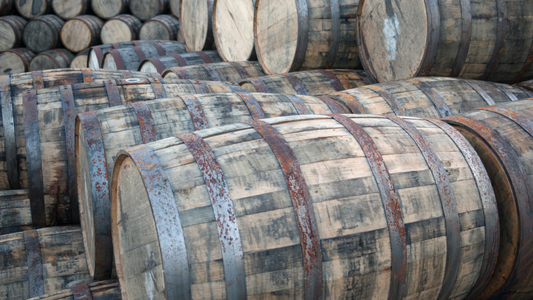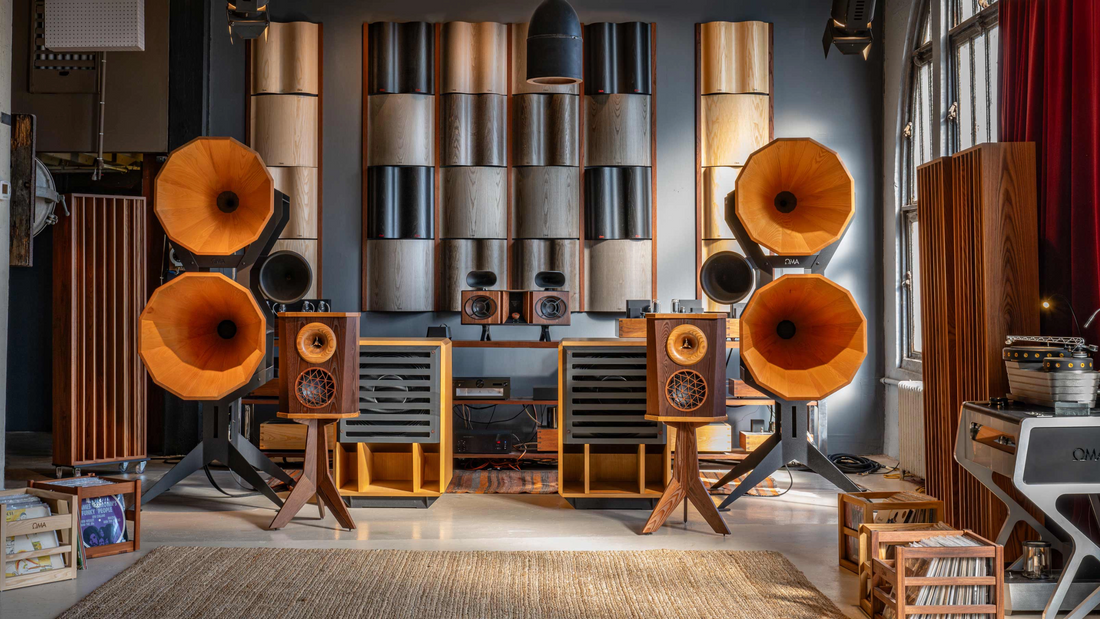
OMA — American Craft, Stone and Steel
By Rafi Mercer
In an age of plastic and polish, Oswalds Mill Audio feels almost prehistoric — in the best possible way. Founded by Jonathan Weiss in Pennsylvania in the early 2000s, OMA builds loudspeakers and amplifiers that look less like consumer products and more like artefacts: carved from wood, cast in metal, sometimes even hewn from slate. Their sound is as striking as their form — dynamic, tactile, unapologetically physical. In listening bars, OMA systems declare themselves instantly. They are not there to blend in. They are there to reframe music as an elemental force.
The company grew out of Weiss’s restoration of a 19th-century mill, where he began experimenting with horn-loaded speakers and tube amplification. Inspired by Western Electric and early cinema systems, OMA sought not to mimic the past but to carry its principles into the present. The result is a catalogue of speakers like the Imperia and Ironic — monumental horns and cast-iron designs that could as easily sit in a gallery as in a bar.
I once encountered an OMA setup in a loft space in New York, the Imperia horns rising like towers of curved wood and steel. The record was Alice Coltrane’s Ptah, the El Daoud. The harp shimmered with delicate overtones, the saxophone cut through with searing presence, the bass rolled with a physicality that seemed to vibrate through the floor. Patrons didn’t just listen; they felt suspended, caught in sound that had weight as much as tone. It was less playback than sculpture in motion.
What makes OMA compelling for bars is that duality: artisanal craft paired with visceral sound. The speakers are handmade, often using materials more common to architecture than audio. Slate plinths, steel horns, wooden flares — all contribute not just to resonance control but to visual drama. Place one behind a bar and it becomes part of the identity, a signal that this is not a place for casual sound. This is a place for presence.
Compared with the monumental precision of Rey Audio or the devotion of GIP Laboratory, OMA feels more modern, more self-consciously design-led. It appeals to bars that want fidelity to be seen as well as heard, that want the equipment itself to become part of the atmosphere. Some dismiss this as aesthetic theatre, but in truth the sound holds up: immediate, alive, textured, full of the qualities that make horn systems so enduring.
Weiss has often said that OMA is about bringing people back to a more physical, communal way of listening. That sentiment aligns perfectly with the ethos of listening bars. Here, albums are played in full, drinks are savoured, rooms are tuned. OMA amplifies that ethos with equipment that is both anchor and spectacle.
In the end, Oswalds Mill Audio represents the possibility of hi-fi as craft culture — as object, as sculpture, as ritual. In a bar, OMA transforms listening from pastime to experience, reminding us that sound is not abstract. It is weight, air, resonance, presence. It is something you can touch with your ears and feel with your chest. And when the night is over, you remember not just the music but the shape it made in the room.
Rafi Mercer writes about the spaces where music matters. For more stories from Tracks & Tales, subscribe, or click here to read more.
